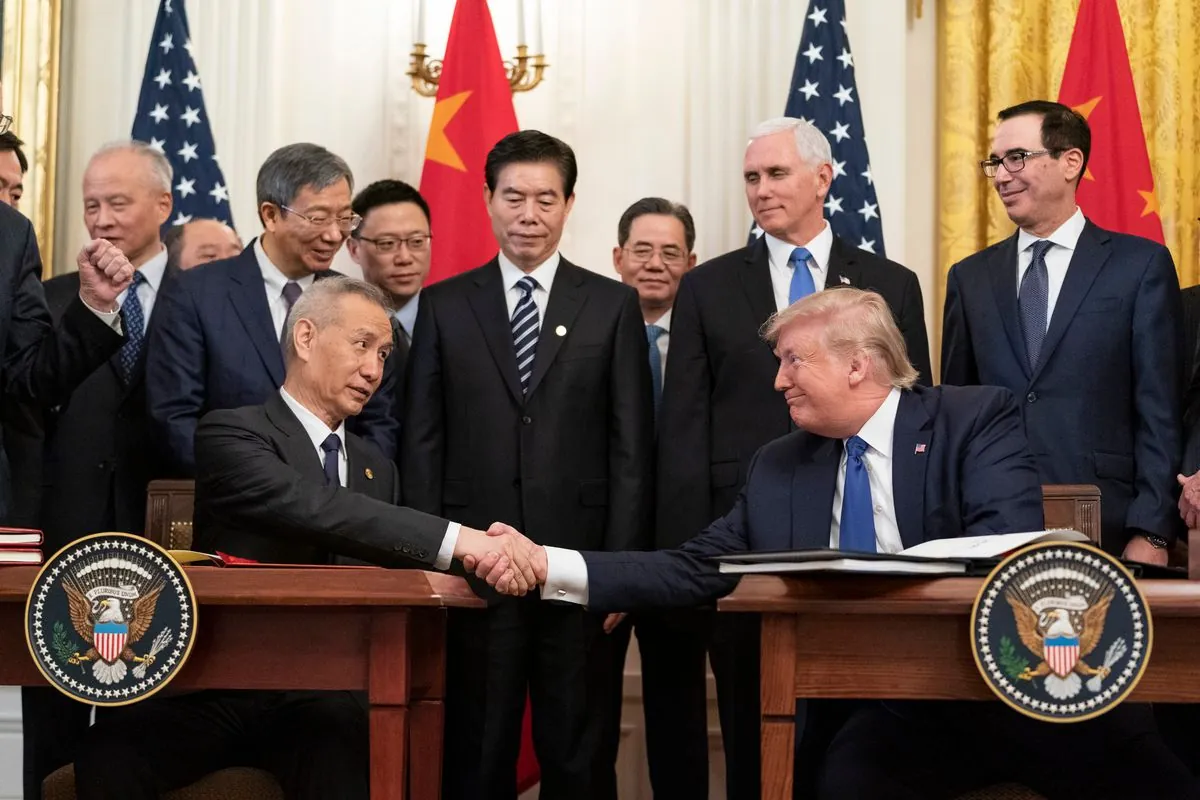In 2011, the Obama administration announced a significant shift in US foreign policy, pivoting from Europe to Asia. This strategic reorientation aimed to tap into the region's economic dynamism and address China's rising influence. However, over the past 13 years, the pivot's economic component has undergone a radical transformation.
Initially, the US sought to harness opportunities through economic agreements, with the Trans-Pacific Partnership (TPP) as its centerpiece. The TPP, which began in 2005 with just four countries, was envisioned as a platform for broader regional interaction and a free trade area in the Asia-Pacific.
However, the pivot's economic strategy faced significant challenges:
- Failure of trade initiatives
- Shift to defensive economic policies
- Focus on national security risks from China's economic activities
By 2018, China had become the largest trading partner for many countries, surpassing the US. This shift in economic gravity prompted a reevaluation of US strategy.
The US response included:
- Imposing tariffs on $370 billion worth of Chinese imports (2018-2020)
- Signing the Foreign Investment Risk Review Modernization Act (2018)
- Revoking Hong Kong's special economic status (2020)
- Passing a law barring imports from Xinjiang (2021)
- Imposing export controls on advanced semiconductors (2022)
These actions marked a shift from an offensive agenda of opening markets to a defensive effort focused on blunting national security risks associated with China's economic activities.
"Our hope is that a TPP agreement with high standards can serve as a benchmark for future agreements—and grow to serve as a platform for broader regional interaction and eventually a free trade area of the Asia-Pacific."
The US also launched initiatives to counter China's infrastructure projects, such as the Belt and Road Initiative (2013) and the Asian Infrastructure Investment Bank (2016). These included the Blue Dot Network and the Build Back Better World (B3W) Initiative, although their impact has been limited compared to China's efforts.
The pivot's economic goals have evolved significantly since 2011. The idea of Chinese political liberalization through trade has been abandoned, and hopes for a US-led Pacific-wide free trade agreement have not materialized. Instead, the focus has shifted to domestic industrial policy and reshoring critical industries, as exemplified by the CHIPS and Science Act.
As we approach the end of Biden's first term, the US economic strategy in Asia has largely transformed from a positive, opportunity-seeking agenda to a negative, risk-mitigating approach focused on China. The challenge now lies in finding a balance between these two perspectives to effectively engage with the dynamic Asia-Pacific region.
